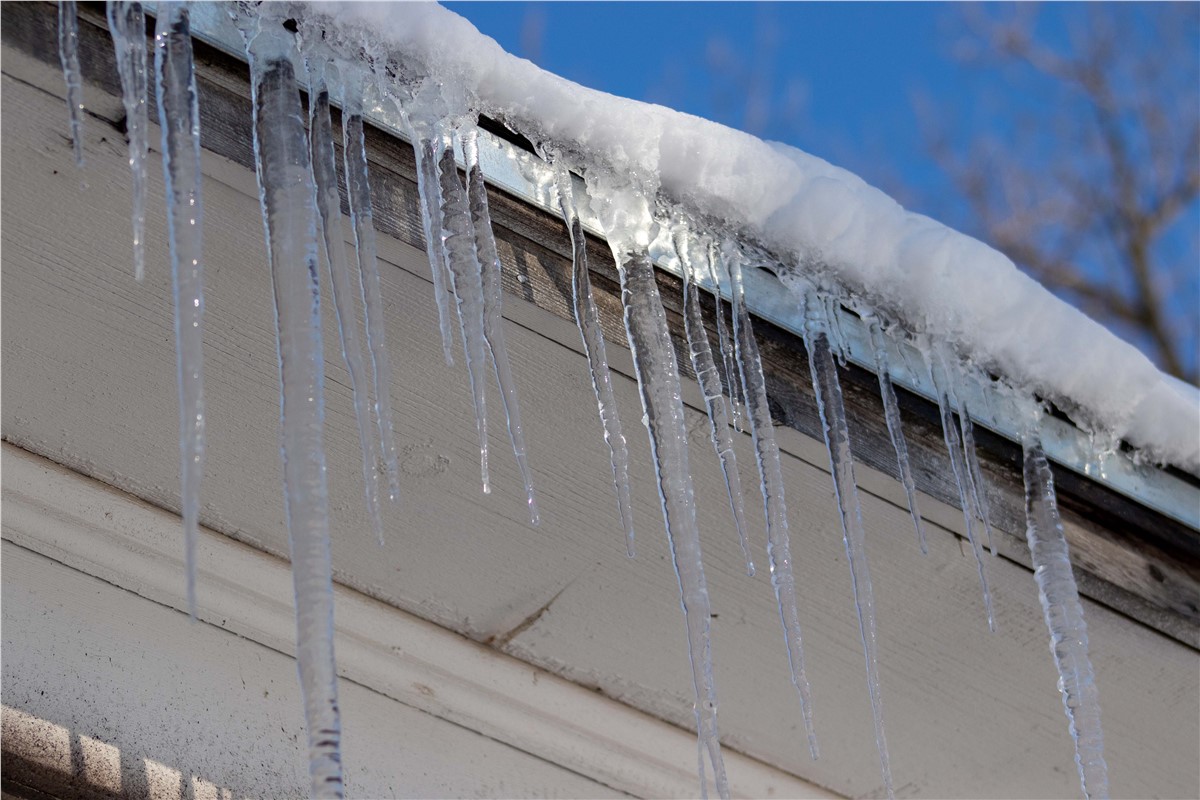One of the most popular reasons homeowners replace the windows on their home is for increased energy efficiency. In everyday life, that means keeping cool air in during the summer, and cool air out in the winter.
Leaky and drafty windows are much easier to notice in the winter – when you can literally feel the cool air coming in around the windows. Because cool air chases warmer air, that sensation is harder to feel in the summer – but a glance at your power bill will help you see you may be air conditioning the outside.
It’s important to know that simply replacing your windows isn’t enough. New windows need to be installed correctly, with proper insulation and sealing any voids where air can pass. And even newer windows will eventually need maintenance – making sure sealant around windows and weather stripping around doors is in good shape will help.
Other Strategies to Stay Cool
Strategies for keeping your home cooler involve more than replacement windows, though. For many homes, there is a six- to eight-degree temperature difference between the first and second floors. Improving the attic insulation can make a big difference in comfort and heating and cooling bills.
Ventilation is also important – a lot of hot air gets generated in attic spaces, and if you have good ventilation, that hot air exits your home, and your insulation and HVAC system don’t have to work nearly as hard (more on HVAC in a bit). Adding roof ridge vents, exhaust fans and even the choice of roof material can all have an impact on upstairs comfort.
And speaking of HVAC systems – keeping your home well-insulated, ventilated and sealed means your HVAC system doesn’t have to work as hard. This can lead to longer life for the heat and AC system, and better overall performance during the hot and cold months each year.
I’ll close with a call I received from a customer: “My house was built in 1964 and after replacing the windows and doors – an investment in my home – there is a big difference, and it’s much more comfortable.”
Tags
Subscribe to Roofing & More Inc.'s Blog




